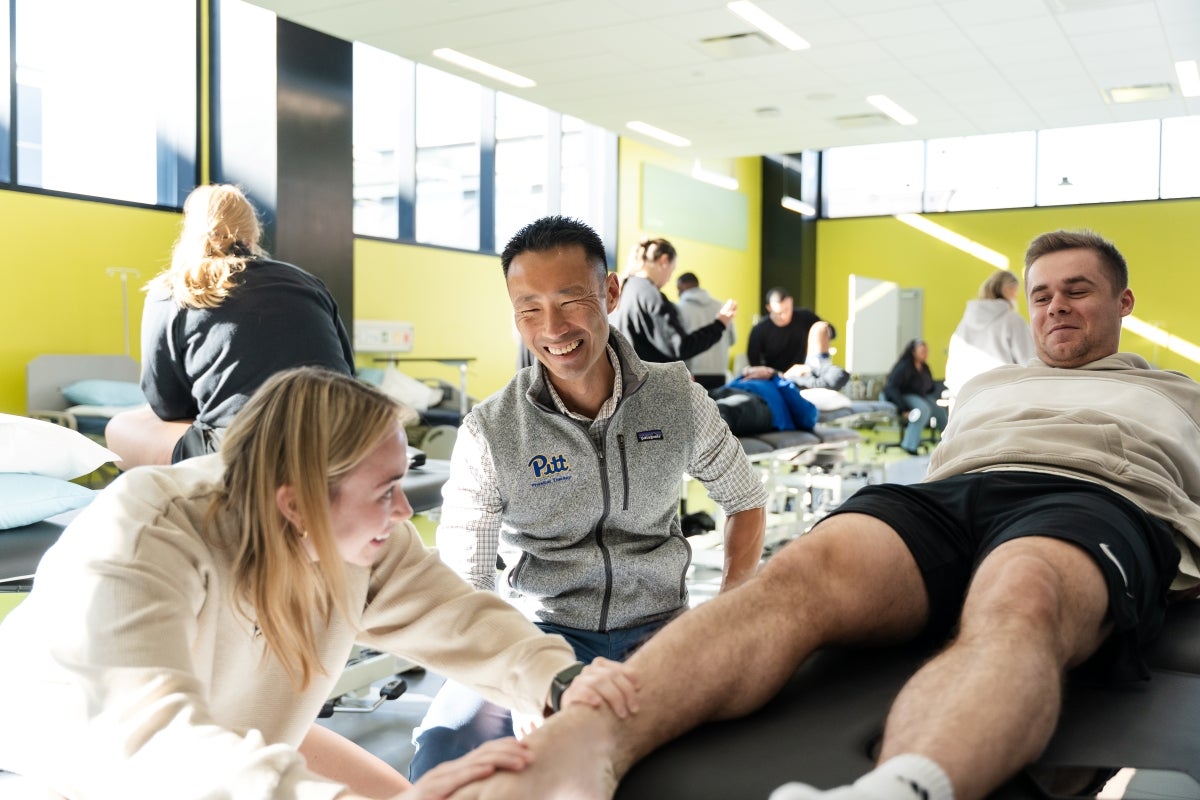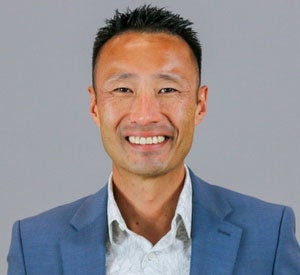Was it destiny to land at the University of Pittsburgh? One of Pitt Physical Therapy’s newest faculty members, Associate Professor Will Pitt, already built a successful career in the U.S. Army as a physical therapist (PT), researcher, instructor and officer before recently retiring as a lieutenant colonel. Now at Pitt overseeing the musculoskeletal curriculum for both the residential and hybrid options, he is excited to be making his mark in the Pitt Doctor of Physical Therapy (DPT) program.
Military Service and Physical Therapy Background
My career in physical therapy started at the U.S. Army-Baylor University Doctor of Physical Therapy program in 2005 in San Antonio, Texas, which included commissioning as an active duty Army officer. Following the three year program, I spent most of my clinical career in operational roles, embedded with infantry and special operations units. In these positions I provided direct musculoskeletal (MSK) injury care to soldiers, helping them recover from injuries and ensuring they were able to continue their training and mission.
I traveled a lot in those years, first going to Fort Drum in upstate New York working with one of the infantry brigades of the 10th Mountain Division and being deployed to Iraq with them. After three years I spent a few years out of the clinic where I commanded a unit training the Army’s combat medics. Then I was selected as the physical therapist for the 2nd Battalion, 75th Ranger Regiment, a special operations unit at Joint Base Lewis-McChord in Tacoma, Washington. I was deployed to Afghanistan four times with them.
My role as the unit PT in these operational jobs was to circulate throughout the military theater to all the small bases they were operating out of, going to the soldiers when they had injuries so they could maintain their operational capability. It was very much like being the team doctor or athletic trainer for a large sports team that’s in season.
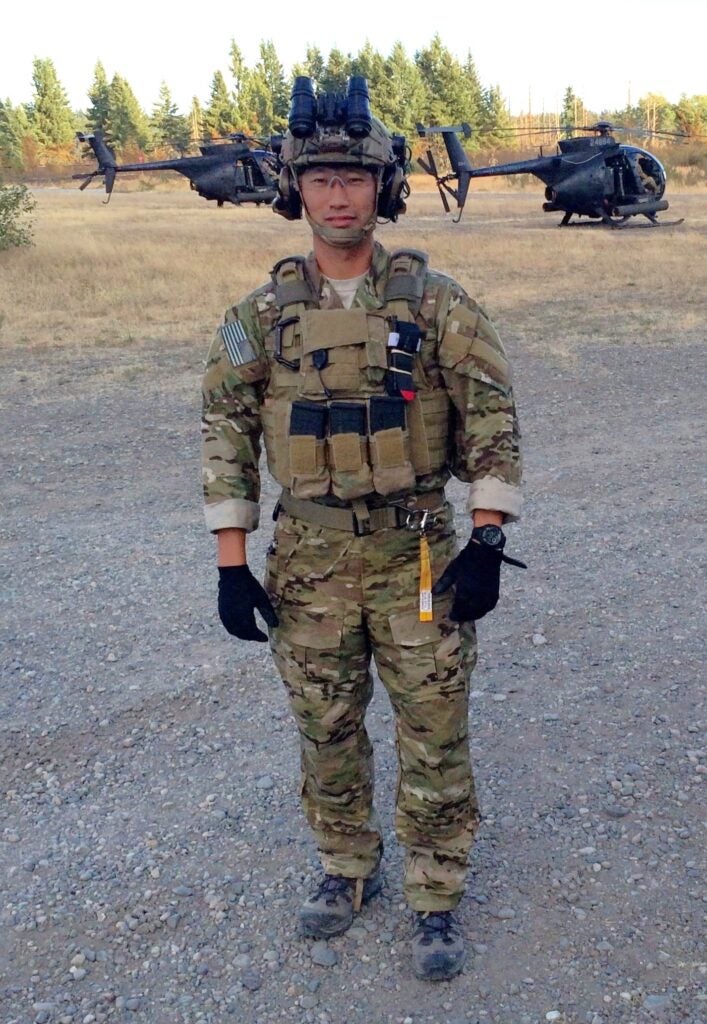
The Army then provided me with the opportunity to pursue a PhD at the University of Oregon in the Department of Human Physiology with an emphasis on biomechanics. My PhD was in the field of concussion research using wearable sensors to assess people for persistent gait balance deficits, looking at impairments that extended well past the normal time that we usually clear people to return-to-play.
After I completed my PhD at Oregon, the Army sent me to the U.S. Military Academy in West Point, New York, to be on faculty in their Division One Sports Physical Therapy Fellowship program. For two years, I was the director of hospital’s clinical investigations and the fellowship’s research program. I also developed and directed a new motion analysis laboratory, and I taught their biomechanics and research methods curriculum as an assistant professor.
Finally, I came full circle and had the opportunity to return to San Antonio as an associate professor in the U.S. Army-Baylor University Doctor of Physical Therapy program, which I did for four years until retiring from the Army and joining the University of Pittsburgh.
Arriving at Pitt
I learned about a faculty opening in the Pitt hybrid option from a colleague of mine with close ties to the Pitt DPT program and it really interested me because it was an opportunity to continue teaching and researching at a top tier program while still staying in Austin, Texas, with my family. Everything aligned and I started at Pitt PT as an adjunct professor in spring 2024 before my official full-time appointment began in fall 2024. A large portion of my time is dedicated to research while also being the primary instructor for multiple hybrid options courses.
Strengths of the Pitt DPT Hybrid Option
Pitt Physical Therapy already has a well-respected reputation across the country, so the idea of the DPT hybrid option being anchored in this strong, established residential program was really a big draw.
At Pitt, the residential and the hybrid options are under one accreditation—meaning it is the same curriculum, the same resources, the same everything—and just the delivery option is different. Most other DPT schools with hybrid programs are stand-alone with multiple campuses and they lack the strong foundation, resources and faculty collaboration of a well-established residential program. Here, Pitt has combined the best of both options into a single DPT program.
Another aspect I really like about the hybrid delivery option is the potential for recruiting students from underserved populations across the country and giving them access to high quality education. It’s our hope that they will then be able to take their clinical skills back to their local communities to improve access and quality of care. Pitt is very proactive and heavily supportive of these students.
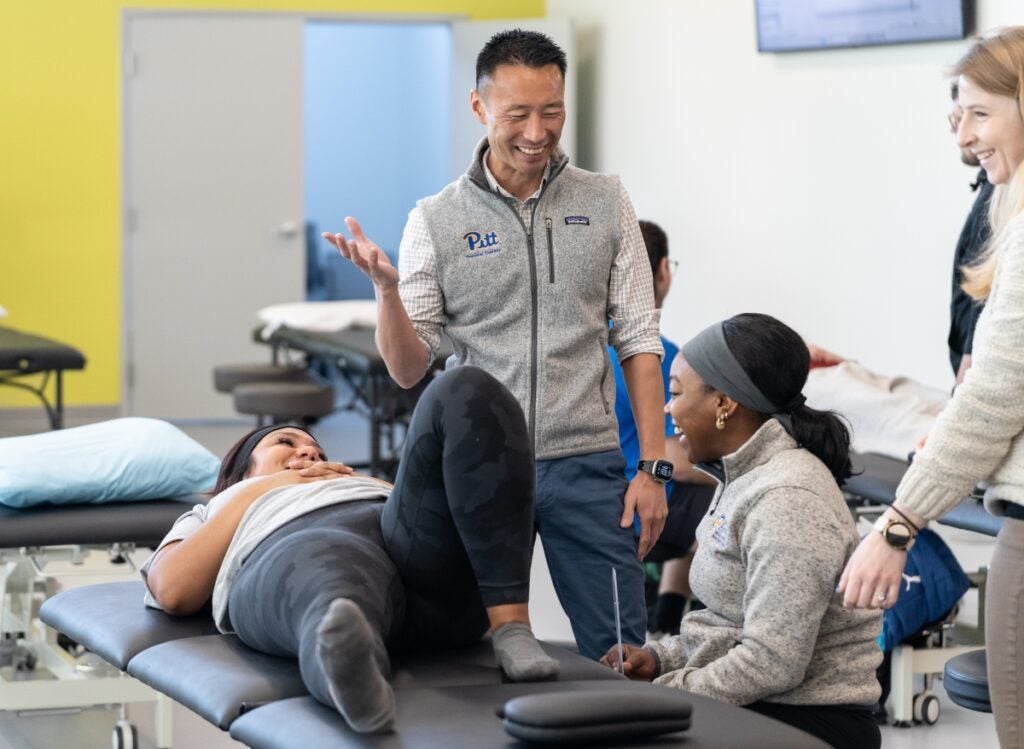
What would you tell prospective students who might be skeptical about learning such a hands-on field through a hybrid option?
I think this is a valid concern for students. The first thing I would explain is that our students actually get the same number of hands-on lab hours as the residential students throughout the course of the 10 immersions.
Additionally, even though the immersions are condensed into two one-week periods per semester, students find that because they’re here on-site and are dedicated to the lab experience, it’s easier for them to focus on learning and working on those lab skills with their classmates while the rest of life fades into the periphery.
The Pitt PT Musculoskeletal Curriculum
Between my education and training at U.S. Army-Baylor University, which is known for its MSK curriculum, my years of working with active duty servicemen and women, and time spent teaching in both entry level and fellowship programs, I feel I bring insight and experience in MSK education to Pitt PT. Our program is already really good at MSK and neuromuscular PT, so I was eager to join the faculty and contribute to both continuing that strong tradition and moving the program forward as we keep up the latest evidence-based contemporary practice. I was also honored and humbled by being asked to oversee the entire musculoskeletal curriculum for both the residential and hybrid options.
Pitt PT spends a considerable amount of time focused on MSK. We spend four of the five didactic semesters on musculoskeletal physical therapy, which includes courses in anatomy and kinesiology, a three-course MSK series, and an advanced therapeutic exercise course.
Compared to other programs around the country, Pitt offers one of the most in-depth MSK training opportunities.
A big effort we’re making right now is ensuring that our curriculum is aligned between the residential and hybrid options. The MSK team includes instructors that teach the same course in both hybrid and residential, as well as instructors that teach across the breadth of the MSK series. This framework builds consistency in anatomy, kinesiology, MSK and therapeutic exercise instruction.
We can confidently say students are receiving the same curriculum regardless of their chosen delivery option.
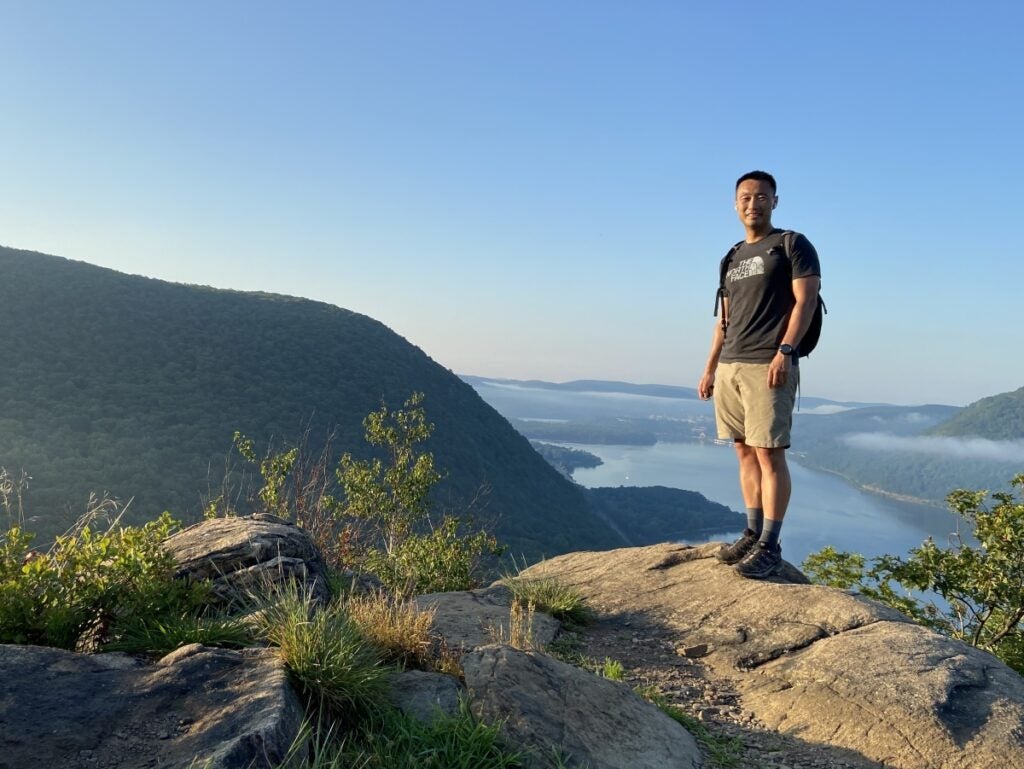
Current Research
At this time, my research primarily focuses on secondary prevention following knee and shoulder surgery, such as ACL reconstructions and shoulder stabilization surgeries. This is through identifying risk factors for re-injury and looking at better objective return-to-play assessments and outcomes.
What we’re finding is we’re returning people to play following ACL surgery that still have asymmetries in terms of landing biomechanics and strength, as well as psychological readiness, and that increases their risk for future injury or reinjury. My research at Pitt will continue with an ACL population but will also include shoulder stabilization surgery patients. We’re doing similar work that has been done with post-op ACL patients, and identifying risk factors and between limb asymmetries, and developing clinical tools to objectively assess them. The ultimate goal is to improve our ability to objectively assess individuals for their preparedness to return to sporting activities or even daily activities.
In the future, I hope to be able to have DPT students involved and then probably by next year I plan to take on PhD students. At that point, we will be conducting more active research at Bridgeside Point and at local clinics, whereas now my projects are primarily in collaboration with partners at West Point and Brooke Army Medical Center in San Antonio.
Evidence-based research is something that Pitt does really well, so giving students the opportunity to actually participate in that process is incredibly useful.
The majority of the projects I’ve taken on with other research grant partners have been with the intent that they can support student involvement. Even if it’s just a small role it can be extremely impactful to their studies and career opportunities.


Fun Facts for Students to Know
In my military career there was a lot of adventure. I was an Airborne Army Ranger and jumped out of airplanes and repelled out a helicopters. I still love all things outdoors, such as hiking and mountain biking, but I also love being around the water and have always owned a boat ever since I moved to Texas, which allows me to do a lot of wakesurfing and wakeboarding. I have two kids, a 12 year old daughter and an 8 1/2 year old son, and enjoy doing everything kids their age do, including taking them out on the water.
In Pittsburgh, fries on everything is…interesting! I’ve tried to get out a little bit to the various areas like the Strip District and Lawrenceville, but in the DPT program we spend most of our time in the Southside at local places like the Birmingham Bridge Tavern and Over the Bar for a lot of fun.
